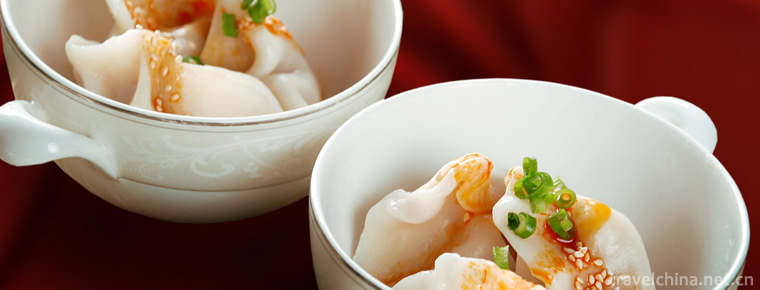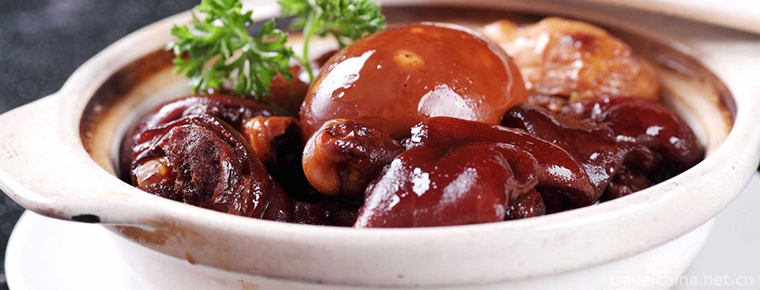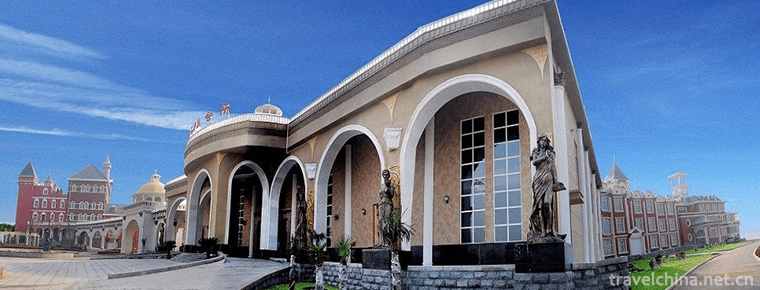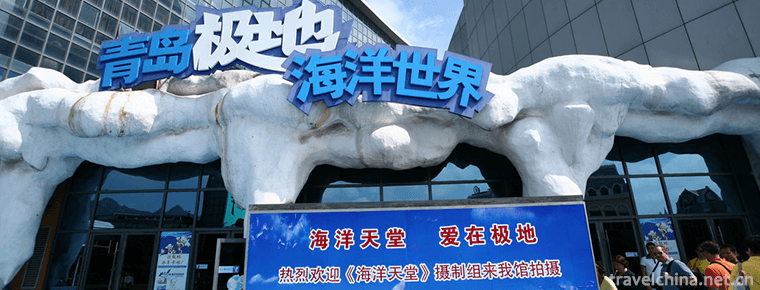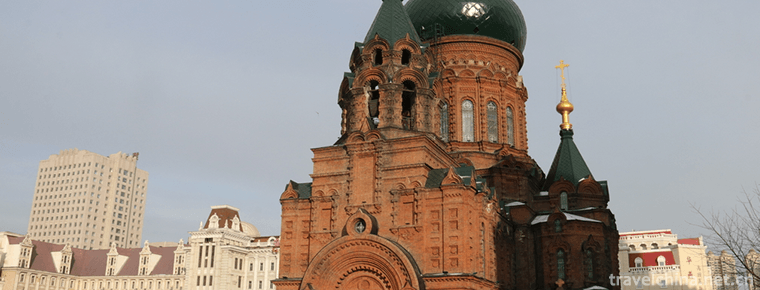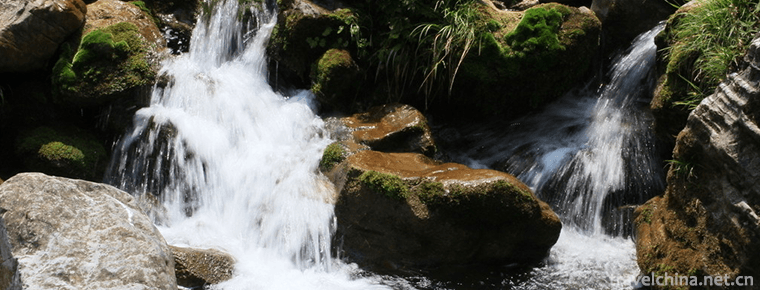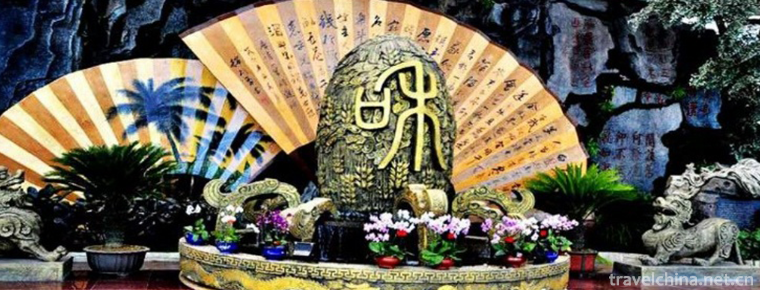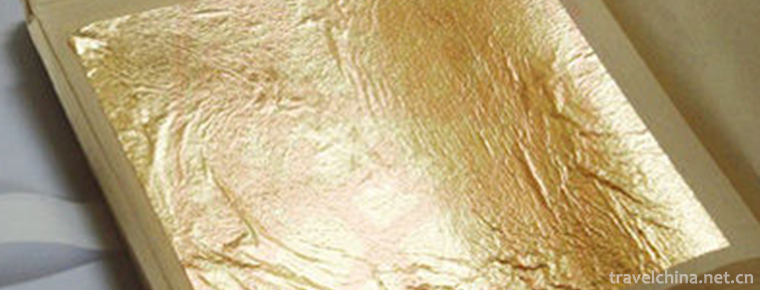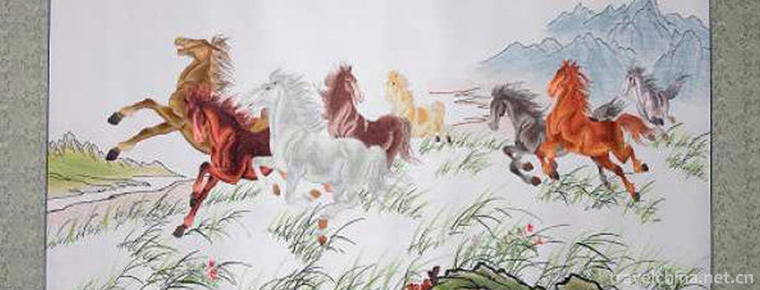Yongshun Tusi City Site
Yongshun Tusi City Site
Laosicheng Site in Yongshun, Hunan Province, is located in Laosicheng Village, Lingxi Town, more than 20 kilometers east of Yongshun County, Tujia and Miao Autonomous Prefecture, western Hunan Province. The original name of Fushicheng is the ancient capital ruled by the Tusi Dynasty for 800 years. It is also called Sicheng and Laosicheng. It was the political, economic, military and cultural center of Peng Chieftain of Yongshun from Shaoxing in the Southern Song Dynasty (1135) to Yongzheng in the Qing Dynasty (1724).
Laoshi City is divided into Nero City and Wailuo City, with eight streets and ten lanes crisscrossing, densely populated and prosperous shops. Historical books include "3000 households in the city, 800 households outside the city", "the huge town of five streams, the border city of ten thousand miles".
Laosicheng is the materialized carrier of the Chieftain System and a living specimen of the development of the regional ethnic autonomy system in ancient China. It was announced as the fifth batch of national key cultural relics protection units in 2001. In September 2010, Laosicheng Site was listed in the list of the first national archaeological sites parks in China. On July 04, 2015, the "Chinese Chieftain Heritage" jointly represented by Yongshun Laosicheng Site, Tangya Tusi City Site in Enshi, Hubei Province and Hailongtun Tusi Site in Zunyi, Guizhou Province was listed on the World Cultural Heritage List.
Historical evolution
In the fourth year of Liang Kaiping (910 A.D.) after the Five Dynasties, Ma Yin, king of Chu, accepted Peng's entry into Southern Chu, and let Peng's serve as the assassin of Xizhou. Peng's kindness in Xizhou united the hearts of the people. He was welcomed by the people of Xizhou and became the hereditary chieftain of Xizhou.
In the fifth year of Shaoxing in the Southern Song Dynasty (1135), Peng Fushichong (Peng Fushichong) served as Chieftain. He often felt that Chief Executive (Chieftain's Office) was bound by Chenzhou forces in Xiaxhou, so he moved Chief Executive to Fushi County in Lingxi and built a city here, that is, Laosheng.
In the Yuan Dynasty, the original Xizhou was divided into Yongshun Anfu, Geman Anfu (under the jurisdiction of South Weizhou), and Sizhou Anfu (under the jurisdiction of Maizhe, Huixi, Shi Rong, Jidong and La Yao Dong). Peng Chieftain of Yongshun actually has limited space.
In the Ming Dynasty, Yongshun Tusi rebuilt Laosheng. Most of the existing buildings at the site were built in the Ming Dynasty.
In the second year of Yongzheng (1724), Peng Zhaohuai, the Tusi of Yongshun, moved Shizhi to Kesha Township in the upper reaches of Lingxi River, which is called Xinsi City. In 1728, Peng Zhaohuai, the Tusi of Yongshun, voluntarily offered his soil and took his descendants away from Hunan and Xiangxi, and returned to Jiangxi to establish a family. The regime of the Tusi of Yongshun, which lasted for 818 years, came to an end. Since then, Laoshi City has gradually become cold and depressed.
From 1995 to 2012, Hunan Institute of Cultural Relics and Archaeology, together with the Cultural Relics Task Force of Xiangxi Autonomous Prefecture and the Cultural Relics Bureau of Yongshun County, conducted five times of archaeological investigation, exploration and excavation of Laosicheng and its surrounding sites.
In 2010, Yongshun County Government launched the project of "Laoshi City Conservation and Utilization Project", which is expected to be completed in 2015. It plans to build the Laoshi City site into a national archaeological site park and a cultural and ecological tourism destination.
Protection of cultural relics
In October 1983, the ancestral temple and the ancient tomb group of Tusi in Laosicheng were listed as the fifth batch of key cultural relics protection units in Hunan Province.
In June 2001, the site of Laosicheng was announced by the State Council as a national key cultural relic protection unit.
In October 2010, Laosicheng Site was listed on the list of the first national archaeological sites parks in China.
In January 2011, Laosicheng Site was selected by the Chinese Academy of Social Sciences as the "Six New Archaeological Discoveries of China in 2010".
In October 2010, the director of the State Administration of Cultural Relics, Shan Jixiang, visited Laosicheng. Mr. Zhang Zhongpei, former president of the Palace Museum and President of the Chinese Archaeological Society, visited Laosicheng four times.
On November 18, 2012, Laosicheng Site entered the Preparatory List of World Cultural Heritage declared by the State Administration of Cultural Relics.
On April 13, 2014, the main body protection, rescue and reinforcement project of Laosicheng Site was completed, the archaeological work needed for restoration and display was 95%, the security project was 70%, and the renovation of 23 residential houses on Left Street was completed.
On July 04, 2015, the "Chinese Chieftain Heritage" jointly represented by Yongshun Laosicheng Site, Tangya Tusi City Site in Enshi, Hubei Province and Hailongtun Tusi Site in Zunyi, Guizhou Province was listed on the World Cultural Heritage List.



-
Steamed Abalone with Sharks Fin and Fish Maw in Broth
Buddha jump wall, and the name of the altar full of fragrance, Fu Shing, is a famous local cuisine in Fuzhou, Fujian, belonging to the Department of Fujian cuisine. According to legend, it was develop.
Views: 258 Time 2018-11-02 -
Jiang Cudan Canton style pig leg
Except for those with internal fever, dry stool and weak spleen and stomach function, breast enlargement products can be used as a warm-up tonic in winter..
Views: 234 Time 2018-11-02 -
Hanover Manor
Hannuo Manor is a national AAAA-level tourist attraction, located in the southeast suburbs of Shanting District, Zaozhuang City, Shandong Province. It is located on the front alluvial slope surrounded.
Views: 104 Time 2019-01-13 -
Qingdao Polar Ocean World
Qingdao Polar Marine World is located at 60 Donghai East Road, Laoshan District, Qingdao City, Shandong Province. It is a large marine world complex integrating leisure.
Views: 227 Time 2019-02-07 -
Saint Sophia Cathedral in Harbin
St. Sophia Church is located in Sophia Square, Daoli District, Harbin City, Heilongjiang Province, China. It is a Byzantine-style Orthodox Church built in 1907.
Views: 170 Time 2019-02-08 -
Shuimogou Scenic Area
Shuimogou Scenic Area, also known as Shuimogou Park, is named after Shuimogou in the scenic area. It is located in the eastern suburb of Urumqi, Xinjiang. Around 2000.
Views: 364 Time 2019-02-13 -
Mount Tais Flower Age
Taishan Flower Age Scenic Area in Tai'an City, Shandong Province, is a large-scale agricultural tourism cultural project with five functions of entertainment, sightseeing, picking, catering .
Views: 287 Time 2019-02-13 -
Forging Technology of Nanjing Gold Foil
Nanjing gold foil forging technology, local traditional handicraft in Nanjing, Jiangsu Province, is one of the national intangible cultural heritage..
Views: 111 Time 2019-06-07 -
Wenzhou embroidery
Ou embroidery, also known as painting curtain, is a local traditional art in Wenzhou, Zhejiang Province. It is produced in Oujiang area. It is also one of the special handicraft products of "thre.
Views: 155 Time 2019-06-08 -
Cultural and cultural undertakings in Suining
By the end of 2019, there are 7 art performance groups, 6 art performance venues (including private), 6 cultural centers, 105 cultural stations and 6 Public Libraries in Suining City's cultural system. There are 1 national cultural industry demonstration base .
Views: 333 Time 2020-12-16 -
Geographical environment of Leshan
Leshan City is located in the central part of Sichuan Province and the southwest of Sichuan Basin. Its geographical coordinates are 102 ° 50 ′ - 104 ° 30 ′ E and 28 ° 25 ′ - 30 ° 20 ′ n. It is 214.4 km long from north to South and 164.0 km wide from east to.
Views: 187 Time 2020-12-17
